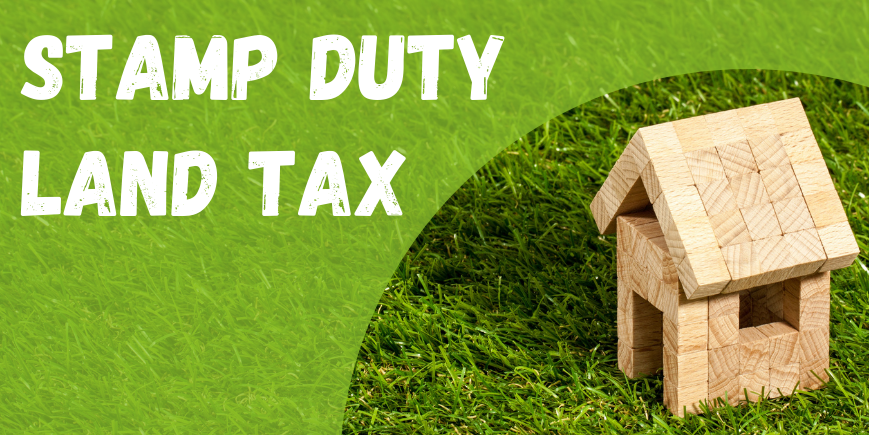This information should not be interpreted as financial, tax or legal advice. Mortgage and loan rates are subject to change.

Categories: prs | prs property market | sdlt | tax
prsHer Majesty’s Revenue and Customs (HMRC) has reported that Stamp Duty Land Tax (SDLT) receipts are up 23% year on year for the period April to July, to £7 billion. This is an increase of £1.3 billion on the 2021 figure.
Landlords have been heavily impacted by tax changes. The stamp duty surcharge for additional properties and second homes comprises 46% of total receipts.
Inheritance tax receipts are also up, with a figure of £2.4 billion, this is an increase of £300 million year on year, and is likely to include a large proportion of income whose origin is in property.
Why are stamp duty receipts so much higher this year?
There are a couple of key factors influencing the higher income to HMRC from stamp duty.
The first is cited by HMRC themselves, and that is the stamp duty holiday, that came into effect on properties purchased from 8th July 2020 through to 30th September 2021. This will have led to a reduction in the number last year.
The second factor is the growth in house prices, which has led to many properties falling into a higher stamp duty price threshold.
Earlier this year, property portal Zoopla released data, which showed that around 3 million UK properties had moved into a higher stamp duty bracket over the pandemic. The average increase in value was £29,000.
44% of properties fall into stamp duty bands above £250,000, up from 38% two years ago.
26% of properties fall into stamp duty bands above £500,000, up from 16% two years ago.
First time buyers impacted
Where house prices have risen, up by around £100,000 from 2014 to 2022, stamp duty tax bands have remained the same. Groups supporting first time buyers have highlighted that 26% of first time buyers are paying stamp duty, where the intention by the government was to make this group exempt from the tax when the relief was first brought in, in the Autumn Budget of 2017.
Knock on effect for the PRS
The impact of the costs of Stamp Duty is another factor likely to be pushing more people to the private rental sector, as house buying remains far out of reach.
Meanwhile, for landlords, heavy taxation is leading to more and more investors to look for more effective ways to invest, and others have chosen to sell up.
Buy to let mortgage transactions through limited companies sat at 417 in 2012, but in 2021 this number rocketed up to 2619 transactions.
Mortgage interest payments can be still be offset where a property is held within a limited company. Corporation tax for a limited company is 19%, whereas an individual could pay 40% if they were a higher rate taxpayer, or 45% additional rate income tax payer.
Tax advice should always be sought from a qualified tax professional, to understand the full implications of buy to let mortgage investment, there are downsides.
The drawback of switching properties already owned into limited company ownership is that the transaction is a sale by the individual and a purchase by the limited company, because they are separate legal entities.
This means that as an individual, Capital Gains Tax is payable on the sale and as a limited company, Stamp Duty is paid on the purchase.
Regardless of the investment routes, the cost of tax is a highly emotive subject for investors, and the impact of this and regulatory change remain an ongoing focus for dialogue on the housing crisis agenda.



